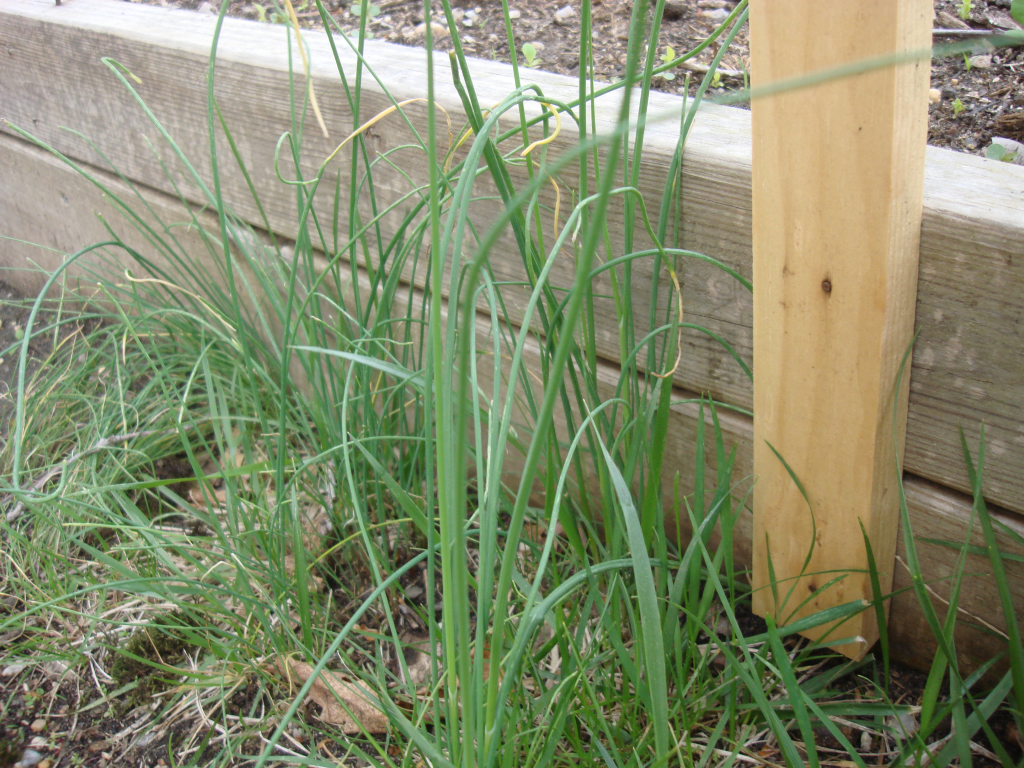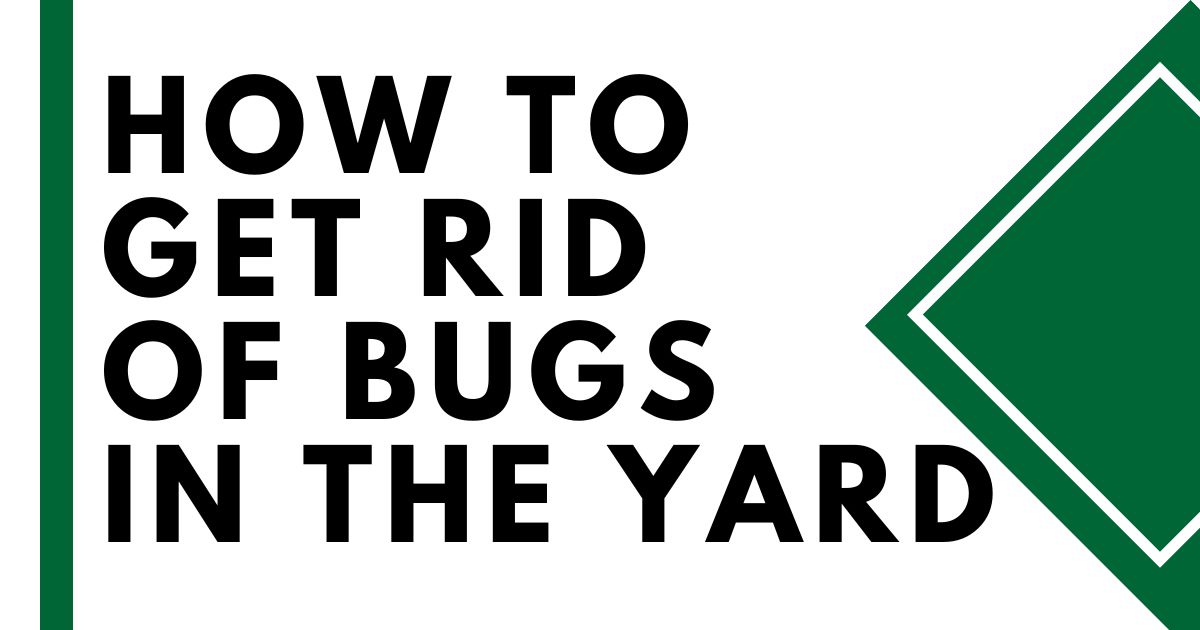In the tranquil pursuit of a picturesque yard, few adversaries prove as formidable as the seemingly innocuous onion grass. This unrelenting invader, with its pervasive growth and pungent scent, can swiftly mar the splendor of your outdoor sanctuary. A verdant and well-tended yard is not just a sight to behold but also a source of solace. Yet, the infiltration of onion grass jeopardizes this harmony. This guide is designed to accompany you on a transformative journey, one that empowers you to vanquish the onion grass threat and rediscover the unspoiled beauty of your yard.
Understanding Onion Grass
To combat a challenge effectively, one must comprehend its essence. Onion grass, scientifically known as Allium vineale, is identifiable by its slender, hollow stalks and the distinct aroma reminiscent of onions when bruised. Despite its delicate appearance, onion grass harbors the potential to disrupt the equilibrium of your yard. Competing voraciously for essential resources, undermines the vitality of the desirable flora, rendering your landscape vulnerable and lackluster.

The potential problems that onion grass introduces are not to be underestimated. Its aggressive growth habit enables it to dominate spaces, leading to the decline of native plants and grasses. Furthermore, its presence hampers the aesthetic appeal of your yard, casting an unwelcome shadow on your outdoor haven.
Understanding how onion grass propagates is pivotal to its effective removal. This weed reproduces through tiny bulbs and seeds. These bulbs often remain hidden beneath the soil, defying casual attempts to uproot them. Each small bulb has the potential to give rise to a new plant, making the onion grass’s persistence all the more evident.
Preparing for Onion Grass Removal
Embarking on any endeavor requires preparation, and the mission to eradicate onion grass is no different. Before engaging in this endeavor, conduct a thorough evaluation of the onion grass invasion. Survey your yard meticulously to gauge the extent of the infestation, as this assessment will inform the strategies you adopt.
Timing is paramount. The optimal period to wage war on onion grass is during its active growth phase. This phase ensures that the plant is most vulnerable to eradication efforts. Armed with gloves, a trowel, and a bucket, you’re poised to confront the challenge head-on.
How to Get Rid of Onion Grass in Yard
Manual Removal
- Loosening the Soil: Commence by gently loosening the soil surrounding the clusters of onion grass. This preliminary step minimizes resistance during the extraction process and prevents excessive soil disruption.
- Root Extraction: With the soil prepared, firmly grasp the onion grass as close to its base as possible. Employ a steady, even pull to extract it. Ensure that the entire root system is removed to preclude regrowth.
- Proper Disposal: The extracted onion grass must not be underestimated. To prevent its resurgence, seal the uprooted plants in a separate bag for disposal, mitigating the risk of unintended dissemination.
Chemical Control
- Herbicide Selection: The world of herbicides is diverse, and selecting the right one for combating onion grass necessitates research. Opt for herbicides specifically designed to target this weed, sparing your desirable vegetation.
- Precise Preparation: Dilution is key. Follow the manufacturer’s instructions meticulously to prepare the herbicide accurately. Precise preparation guarantees the desired effect without compromising the well-being of your yard.
- Careful Application: With your herbicide mixed, apply it judiciously to the onion grass leaves. Exercise caution to prevent contact with neighboring plants, as the herbicide’s potency might be detrimental to them.
Natural Remedies
- Vinegar or Boiling Water: Introducing natural agents to combat onion grass can yield promising results. Applying white vinegar or boiling water directly to the weed can scorch and ultimately eliminate it. Prudence is essential, though, to avoid harming other plants.
- Salt or Cornmeal: Leveraging everyday items like salt or cornmeal can serve as an effective natural deterrent. Sprinkle these substances strategically around affected areas to discourage onion grass growth. A measured approach is vital to prevent soil damage.
- Regular Maintenance: The adage “an ounce of prevention is worth a pound of cure” holds true for yard maintenance. Frequent mowing and meticulous yard care constitute a proactive approach that dissuades onion grass from establishing a foothold.
Preventing Future Onion Grass Infestations
The culmination of your efforts shouldn’t merely entail a temporary victory. Preventing future incursions demands vigilance and a commitment to maintaining a flourishing lawn. Guard against bare spots by promptly attending to them, thereby eliminating potential havens for onion grass colonization.
FAQs
What is the best killer for onion grass?
Onion grass (Allium triquetrum) is a persistent weed that can be difficult to control. One commonly used herbicide for controlling onion grass is glyphosate, often sold under the brand name Roundup. Glyphosate is a non-selective herbicide, which means that it targets a wide range of plants and vegetation. When applied to onion grass, it will effectively kill the plant by disrupting its ability to produce necessary proteins.
Does vinegar kill onion grass?
Yes, vinegar can be used as a natural and less harmful alternative to herbicides like glyphosate. The acetic acid in vinegar can damage the plant’s cell membranes and disrupt its growth. However, vinegar is generally less effective than chemical herbicides and may require multiple applications to fully kill onion grass.
To use vinegar as a weed killer, follow these steps:
- Choose a sunny day for application as sunlight can enhance the vinegar’s effectiveness.
- Fill a spray bottle with white vinegar (with a high acetic acid concentration) and a small amount of dish soap.
- Spray the vinegar mixture directly onto the onion grass, thoroughly wetting the leaves and stems.
- Be aware that vinegar can also affect nearby plants, so apply it carefully.
What is the herbicide for onion post-emergence?
For post-emergence control of onion grass and other broadleaf weeds, herbicides containing oxyfluorfen can be effective. Oxyfluorfen is a protoporphyrinogen oxidase inhibitor (PPO inhibitor) herbicide. It works by disrupting the plant’s photosynthesis process and inhibiting the growth of weeds.
When applying herbicides containing oxyfluorfen:
- Follow the manufacturer’s instructions carefully for proper application rates and timing.
- Make sure the product is labeled for use on the specific type of plants you want to control (in this case, onion grass).
- Apply the herbicide directly to the foliage of the weed, ensuring good coverage.
Conclusion
The expedition to liberate your yard from the clutches of onion grass is an endeavor of patience, determination, and strategic execution. Armed with insights into your adversary, meticulous preparation, and a diverse arsenal of removal methods, you are equipped to restore your yard’s vibrancy. However, vigilance mustn’t wane; perpetual maintenance and unwavering resolve are your allies against onion grass resurgence.
As your lawn flourishes, resplendent and free from the encumbrance of onion grass, take pride in your accomplishments. The battle may have been arduous, but the rewards, an expanse of greenery imbued with your dedication, are immeasurable. Stand steadfast, implement the tactics delineated herein, and witness your yard flourish once more, onion grass-free.
